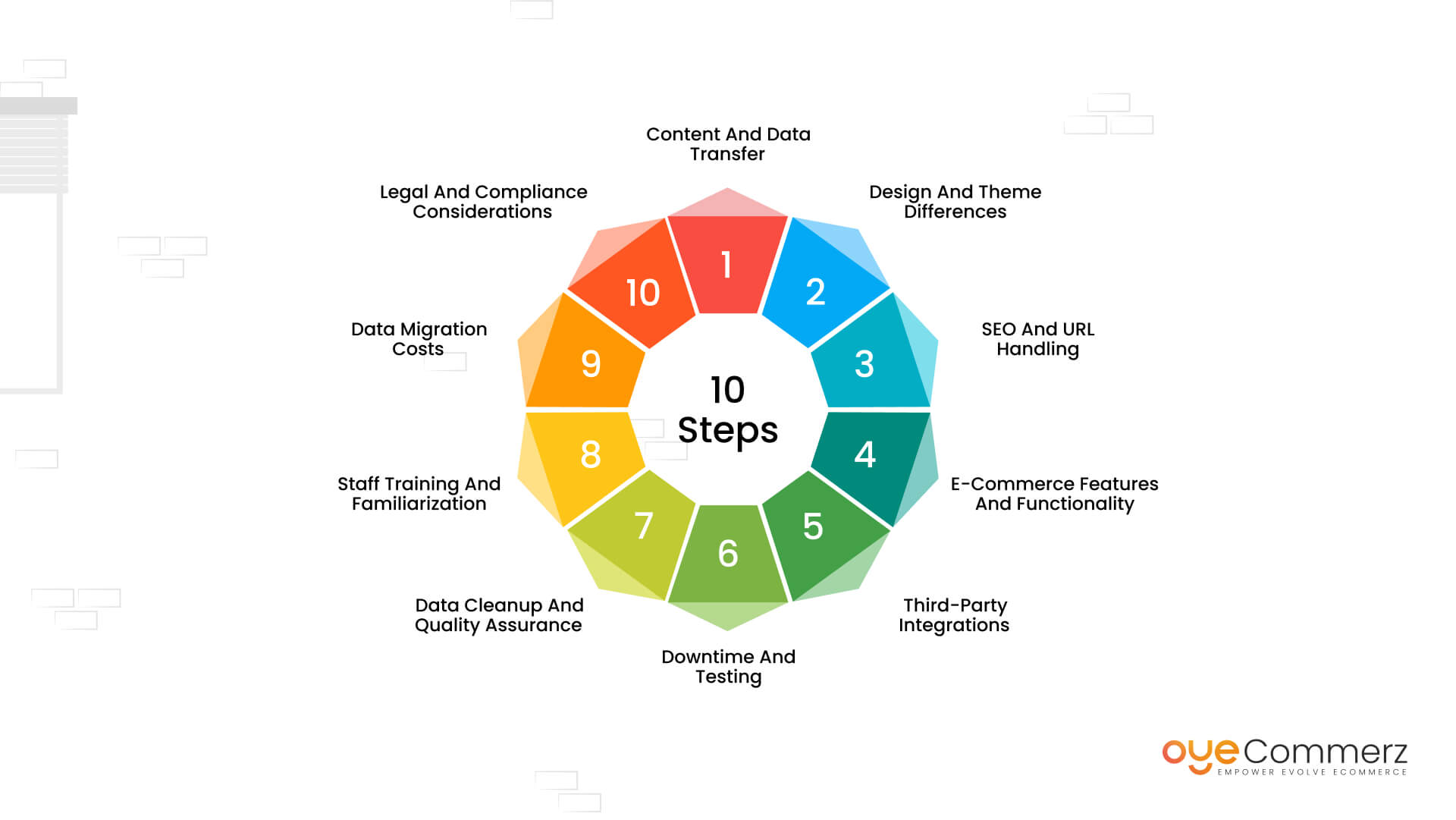Transitioning from WordPress to Shopify marks an exciting step toward optimizing your online store operations. As businesses expand, choosing a solution that aligns with growth potential, user experience, and flexibility is essential. Shopify has emerged as a preferred choice for online merchants, providing unmatched adaptability, security, and user-friendliness. In this guide, we will delve into why this migration is a game-changer, discuss the advantages, and provide practical tips to facilitate a seamless move.
1. Top Reasons to Transition from WordPress to Shopify
The combination of WordPress and WooCommerce, has served countless e-commerce platforms. However, as companies expand, issues like reliance on plugins, security vulnerabilities, and technical complexities often obstruct growth. Shopify, specifically created for digital retail, eliminates these concerns with an all-in-one, intuitive solution. Statistics back this transition—Shopify powers over 4.4 million stores globally, with a documented 10% boost to sales conversion rates for many businesses after migration.
2. Shopify's Advantages for Thriving Online Stores
Shopify’s robust ecosystem caters for expanding businesses. Its standout benefits include:
- Effortless Design Flexibility: Shopify offers over 80 professionally designed themes.
- Built-in Features: Features like Shopify Payments and integrated SEO save time and effort.
- International Expansion: Currency versatility and regional customization enable businesses to expand internationally.
Additionally, Shopify boasts an availability percentage of 99.98%, guaranteeing your website is always operational.
3. Preparing for WordPress to Shopify Migration
Before migrating, evaluate your current store. Review inventory details, client information, and search engine rankings. Tools like Shopify’s Migration Kit or external tools help ease the transition. Develop a comprehensive plan, ensuring all resources—product descriptions, images, and articles—are ready for seamless import.
4. The Importance of Accurate Data Migration
Transferring your data is a cornerstone of a successful platform switch. When moving from WP to Shopify, focus on:
- Product Information: SKU, descriptions, and categories.
- Client Information: Emails, purchase records, and preferences.
- SEO Optimization: Retain meta tags, URLs, and forwarding paths to avoid SEO losses.
Leverage apps like LitExtension to streamline data transfer while reducing mistakes.
5. Tailoring Your Shopify Store to Fit Your Brand
Post-migration, customizing your Shopify store ensures it reflects your business identity. Take advantage of Shopify’s intuitive page builder to create layouts with ease. Shopify's templates are mobile-responsive, ensuring a smooth UX across platforms—a critical factor, given 74% of e-commerce traffic comes from mobile users.
6. Maintaining SEO During Migration
SEO is vital for preserving your online presence during migration. Shopify excels in SEO with organized link formatting, preloaded features, and seamless blog integration. Make sure you:
- Implement 301 redirects for existing links.
- Optimize new pages with keyword-rich content.
- Use Shopify's apps Plug in SEO to monitor performance post-migration.
7. Post-Migration Testing
After finishing the transfer, conduct thorough testing.
Review: - Website speed (Shopify boasts faster speeds compared to WP).
- Functionality of payment gateways and checkout processes.
- Adaptability across E-commerce platform migration devices.
Testing ensures your store provides a seamless shopping journey from the start.
8. Case Study of a Successful Migration
One such migration success story is Gymshark, a fitness apparel brand that moved to Shopify. After the switch, the company saw a 60% boost in mobile sales and significantly lowered site downtime. This showcases the capabilities of Shopify in enhancing e-commerce growth.
9. Overcoming Common Migration Issues
Migration is not without obstacles, such as information accuracy and adjusting tailored features. However, Shopify’s extensive assistance and external professionals make overcoming these hurdles manageable. Collaborating with qualified Shopify developers helps guarantee a trouble-free transition.
10. Making the Switch: The First Step Toward Success
Switching from WordPress to Shopify marks a strategic approach to e-commerce. By focusing on growth, streamlining operations, and improving buyer satisfaction, Best Shopify migration services Shopify enables companies to succeed in challenging industries.
Conclusion
Switching from WordPress to Shopify offers a smart solution that can greatly enhance your e-commerce success. With a well-structured strategy, the appropriate resources, and professional guidance, you can achieve new success milestones.
Ready to make the leap? Reach out today to learn how our Shopify migration services can revolutionize your online store. Get in touch today, or consider: Can your business afford to miss out on Shopify’s growth potential?
